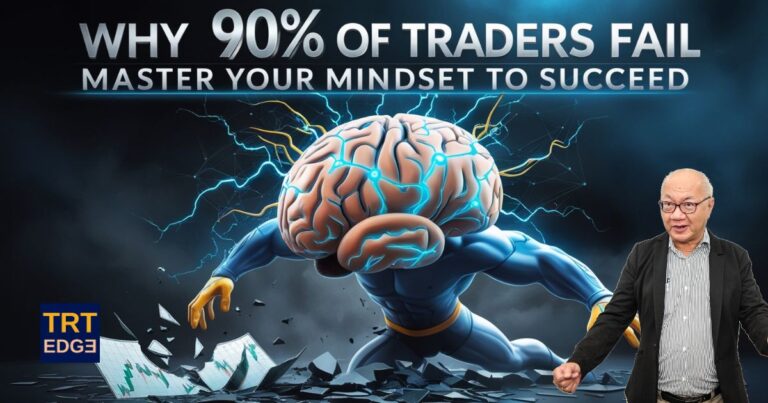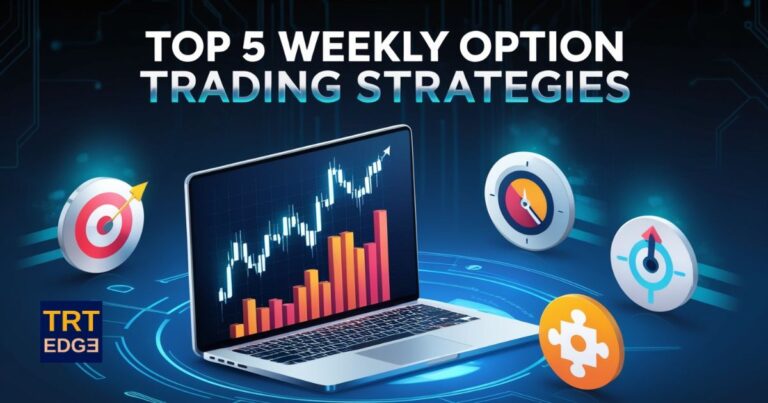How Finfluencers Can Make or Break Your Financial Success

In today’s digital world, finfluencers—a blend of “financial” and “influencers”—have become a major force in shaping how people approach money. From TikTok and Instagram to YouTube and Telegram, these voices simplify trading, share personal finance tips, and even highlight specific products or platforms.
But here’s the truth: while some finfluencers can help you get smarter about money, others can steer you into dangerous financial territory. Depending on how you engage with them, they can either help build your wealth—or trigger costly mistakes.
The Fast Lane Metaphor: Money ≠ Speed
Think of your financial journey like driving a high-performance car. Being obsessed with making money is like a driver trying to push their Porsche 911 to its 300 km/h limit every time they hit the road. That kind of speed isn’t always realistic—or safe—no matter how skilled the driver.
In the same way, no financial product, strategy, or piece of advice—no matter how appealing—can promise consistent, safe returns under all conditions. Just as a driver must respect changing road conditions, a smart trader must respect market volatility, risk, and timing.
That’s why all trading advice comes with this crucial disclaimer:
“Past performance is not indicative of future results.”
Finfluencers who ignore this reality—selling dreams of quick wins or “guaranteed returns”—can lead their audiences straight into financial crashes.
When Influence Turns Risky: The Chocolate Finance Case
In March 2025, Chocolate Finance, a digital finance platform in Singapore, found itself at the center of a digital bank run. What triggered it? A series of negative messages on social media, amplified by finfluencers.
As covered by Channel News Asia, some influencers with significant reach raised concerns about the platform’s “instant withdrawals,” which many assumed meant funds were held in a bank account. But as more questions arose about the platform’s model, panic set in, leading to a mass exodus of funds—within hours.
This incident shows how quickly trust (and money) can evaporate in the digital era. A few viral posts from finfluencers can ignite fear, forcing platforms—and traders—into crisis mode.
💡 Lesson: Whether hyping a product or casting doubt, finfluencers have the power to move markets and impact financial platforms. Their voice can either build or destroy trust—fast.
The Risks Associated with Finfluencers
However, the influence of finfluencers is not without its pitfalls:
- Lack of Formal Financial Training: Not all finfluencers possess formal financial education or credentials. Many are self-taught or base their advice on personal experience, which might not apply universally.
- Lack of Practical Depth: The information shared on social media is often general in nature. It requires viewers to have a good understanding and practical know-how to structure, execute, and manage such information to a successful conclusion. Without this, even accurate advice may lead to poor outcomes.
- One-Size-Fits-All Advice: A significant portion of trading information on social platforms lacks critical detail. Many influencers provide broad guidance that may not be suitable for everyone—since financial goals, risk tolerance, and timeframes vary from person to person.
- Conflicts of Interest: Many influencers run their blogs and channels as businesses, monetizing through sponsored content, affiliate marketing, or selling financial courses. This commercial interest can lead to biased recommendations, prioritizing profits over what’s truly in their followers’ best interest.
- Promotion of High-Risk Trades: The promise of fast wealth can tempt influencers to promote speculative assets like meme stocks or cryptocurrencies. On platforms like TikTok, young finfluencers have been known to flaunt lavish lifestyles fueled by exotic trades—encouraging risky behavior without disclosing the full picture.
- Regulatory Gaps: The explosive rise of finfluencers has outpaced existing financial regulations. In countries like India, authorities have struggled to rein in misleading content, flagging questionable advice and working with platforms to introduce accountability—but the challenge remains significant.
How to Protect Yourself in the Age of Finfluencers
Just like a responsible driver doesn’t floor the gas on a wet road, a smart trader doesn’t act blindly on hype. Here’s how to stay grounded:
- Do your own research: Never rely solely on what you see on social media.
- Check their credentials: Are they licensed? Are they transparent about affiliations?
- Understand before you trade: Don’t put money into anything you don’t fully understand.
- Watch for red flags: If it sounds too good to be true, it probably is.
- Stay calm in market swings: Don’t make panic-driven decisions based on viral posts.
Final Thoughts
Finfluencers are here to stay, and many genuinely want to help others achieve financial freedom. But in a world of algorithms, ads, and attention-grabbing headlines, your success depends on how critically you engage with them.
The road to financial success isn’t about speed—it’s about strategy, discipline, and staying in control, even when the market (or social media) tries to throw you off track.
Respect the markets like you’d respect the road. Drive smart. Trade smarter.
Are you ready to take control of your trading destiny? Contact us for a trade-to-learn experience!







